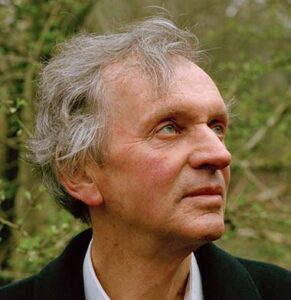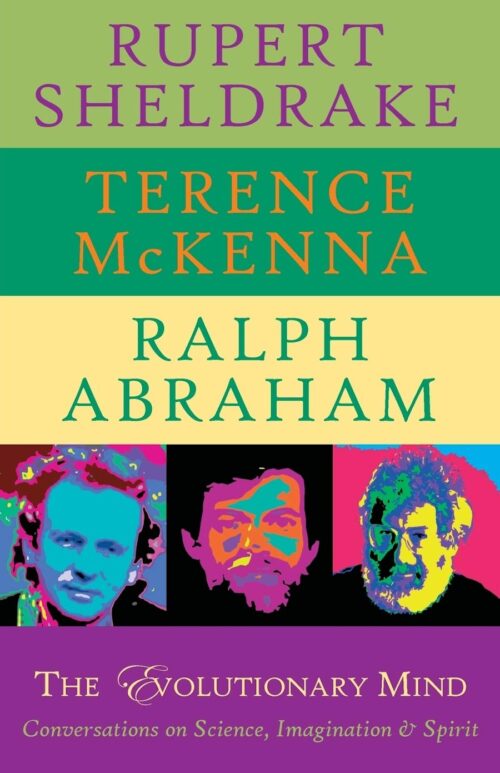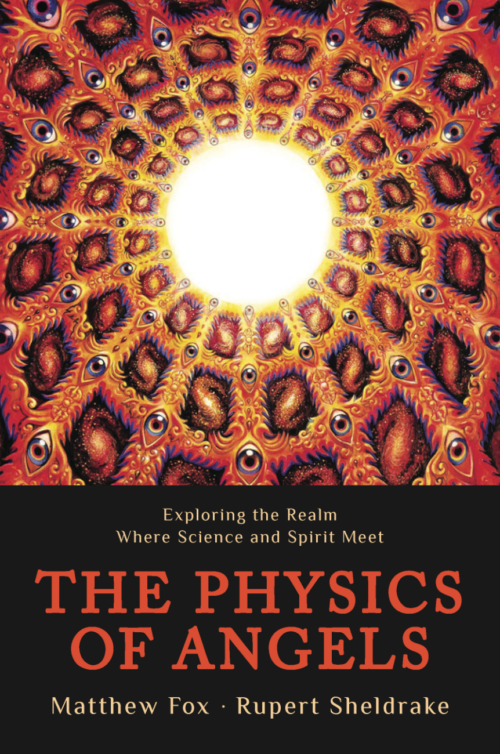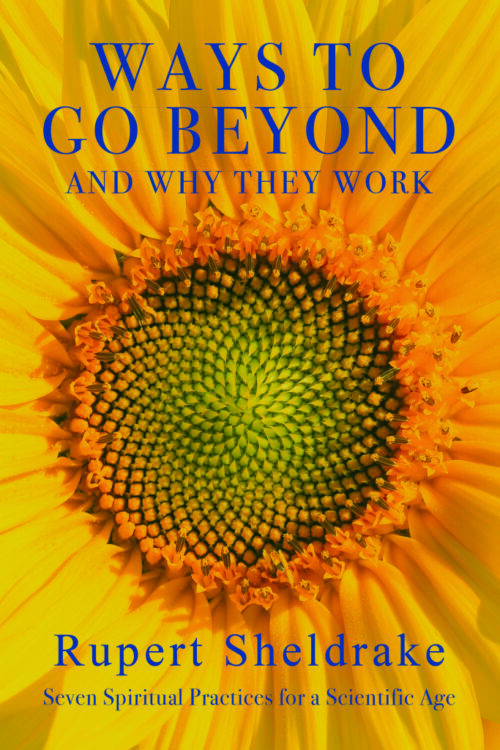
Rupert Sheldrake
Rupert Sheldrake is a biologist and the author of more than 80 scientific papers and twelve books. He has studied rain forest plants, developed a new cropping system widely used by farmers in the semi-arid tropics, and has done research on developmental and cell biology. He is best known for his hypothesis of morphic resonance, a principle of memory in nature, according to which the so-called laws of nature are more like habits. He has also investigated unexplained aspects of animal behavior, including how pigeons find their way home, the telepathic abilities of dogs, cats and other animals, and the apparent abilities of animals to anticipate earthquakes and tsunamis. He subsequently studied similar phenomena in people, including the sense of being stared at, telepathy between mothers and babies, telepathy in connection with telephone calls, and premonitions. Although some of these areas overlap the field of parapsychology, he approaches them as a biologist, and bases his research on natural history and experiments under natural conditions, as opposed to laboratory studies.







